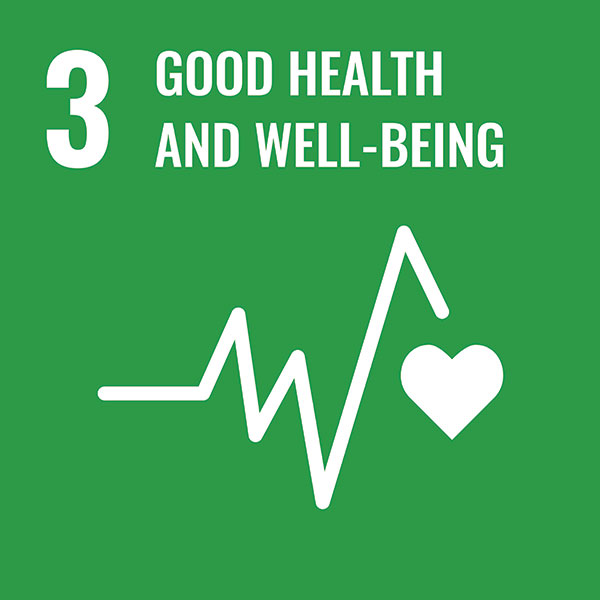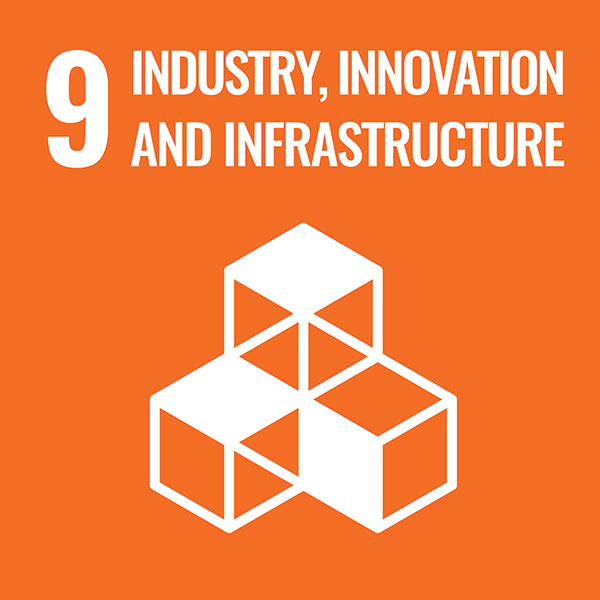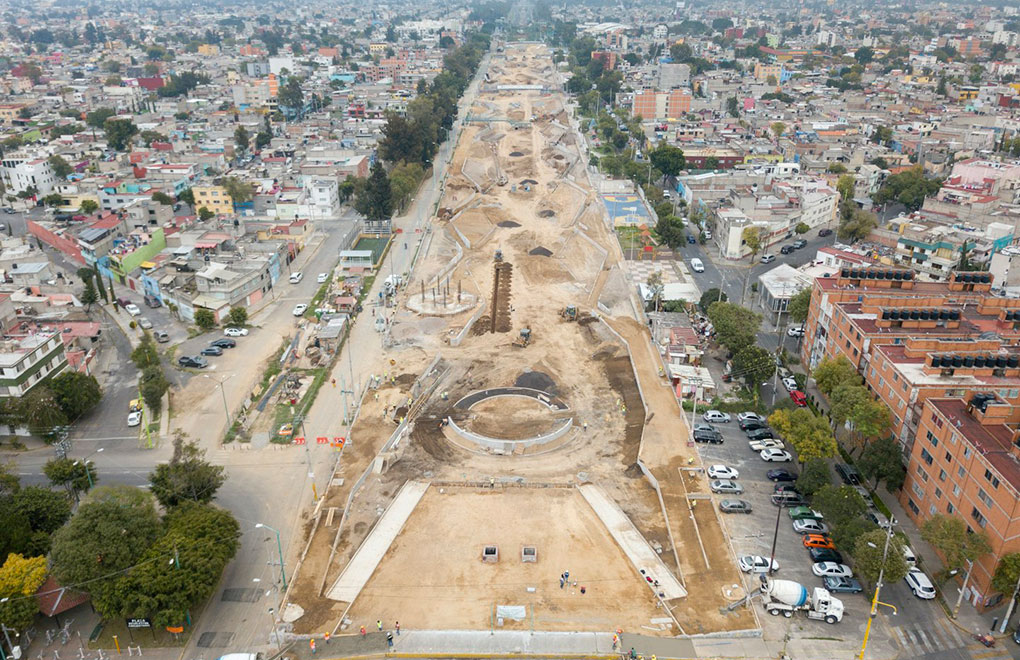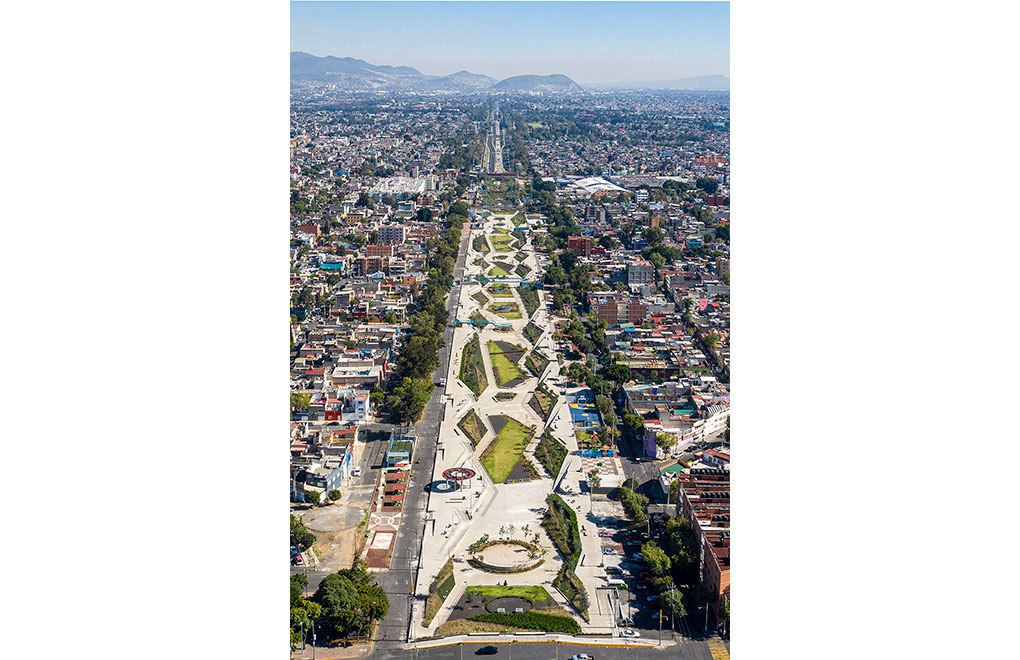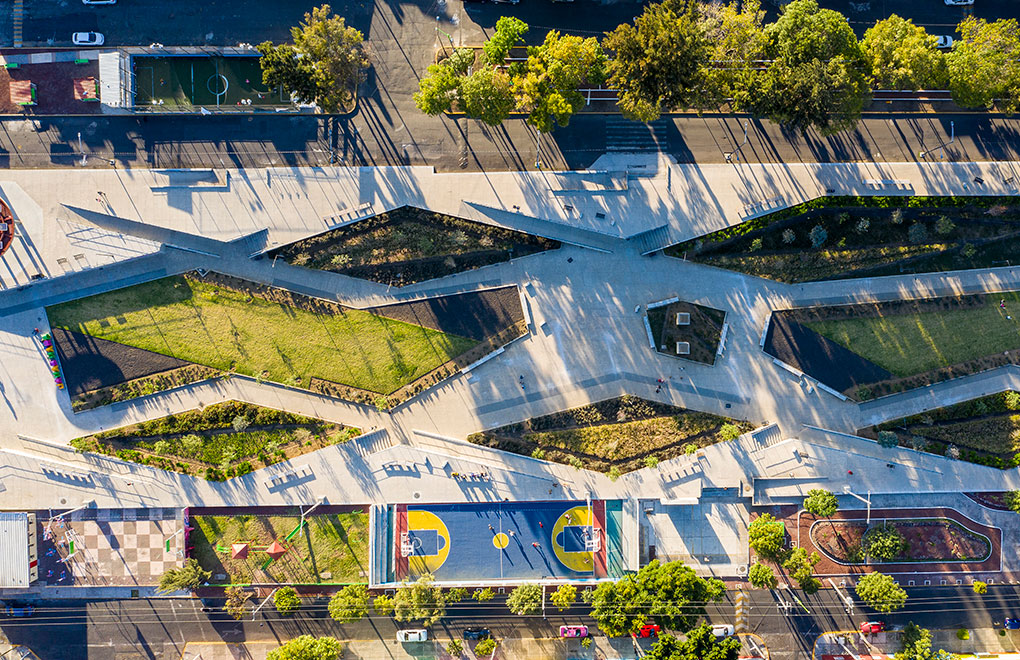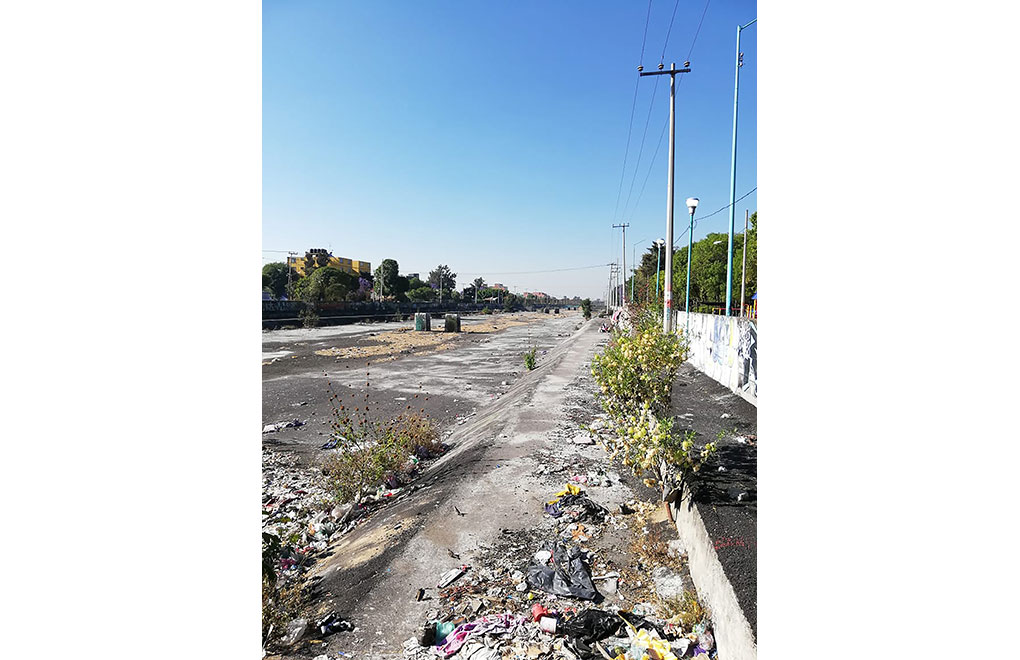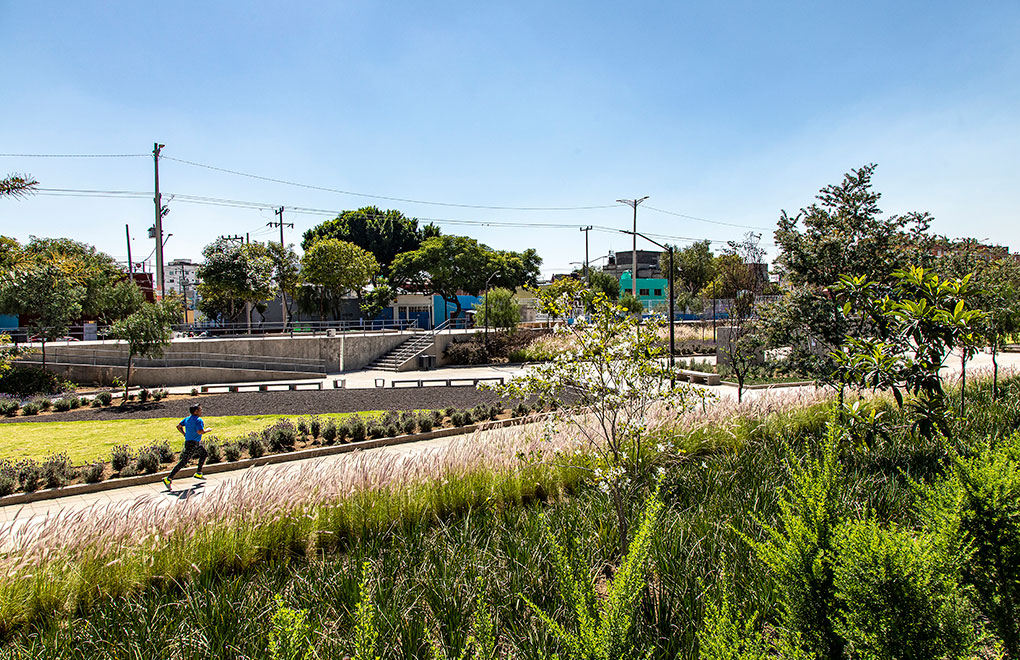Project Overview
A centuries-old, abandoned canal was revitalized into a linear park that connects the community. By preserving the canal's original topography and repurposing existing roads, the project seamlessly integrates the park into the surrounding neighborhood. The incorporation of trees, renewable energy sources, and sustainable design principles has created a vibrant community space that promotes interaction and enhances the quality of life for local residents.
Project Details
General Information
Originally, Mexico City had a series of canals to transport people and goods, or drainage, as in this case. Over the centuries these dried up, and became roads or were covered up. In 2019, the city authorities proposed to recapture, as far as possible, these spaces as areas of leisure to improve the quality of life of the inhabited surroundings. The project takes advantage of the unevenness of the old channel. On one hand, the proposal took into account the previous vital thoroughfare, improving the mobility. On the other, the project plan was to be developed in three stages, having completed the central part in 2020, with the second part near to conclusion in 2021. The central area consists in a one-kilometer lineal park that allowed a worthy and valued connection between various neighborhoods. The zone was reforested to enhance the environmental conditions, favoring pedestrians with a pathway, reminiscent of pre-Hispanic ones, and various zones for amusements and enjoyment, for all ages. A well devised project, recently awarded, to serve an underprivileged area of the city.
Creative Solution (Creativity/Innovation)
It starts with the removal of a divider that separated various neighborhoods, and allowed for a better urban and pedestrian relation. The main goal was to take advantage of the existing city and street infrastructure, and allow for the incorporation of a leisure verdant zone. The design integrated, on one hand, 170000 square meters of green areas with 390 trees and 8000 bushes of different endemic species, that concede for 4° of heat mitigation. The lighting was planned for LED technology powered by local solar energy. Also, the proposal included rain water recollection for irrigation and underground filtration.
Social Impact (Inspiration/Impact)
The Canal Park project is an excellent example of using social and spatial integration as a design method. By considering both the physical layout of the space and the social dynamics of the community it serves, the project was focused on creating an inclusive and vibrant environments that promote interaction and well-being. This approach acknowledges that the built environment influences social behavior and aims to design spaces that facilitate positive interactions among diverse groups of people.
Participation/Cooperation
This project pushed public authorities to focus on environmental links with society which often prioritize the design and management of public spaces. This included pedestrian connections initiatives with public transport, and enhanced the quality of life and fostered community engagement. These efforts aim to integrate environmental considerations into urban planning and Mexico City authorities.
Vision for the Future
Rethinking abandoned infrastructures as public spaces offers exciting opportunities for urban renewal and community engagement. It involves transforming neglected areas like old warehouses, rail tracks, or industrial buildings into parks, community centers, or recreational facilities. This approach not only revitalizes urban landscapes but also fosters social interaction and economic development. Plus, it can contribute to sustainability goals by repurposing existing structures rather than building anew. The project repurposed public spaces on numerous ecosystem services, some key benefits, air quality improvements, and urban heat island mitigation.

